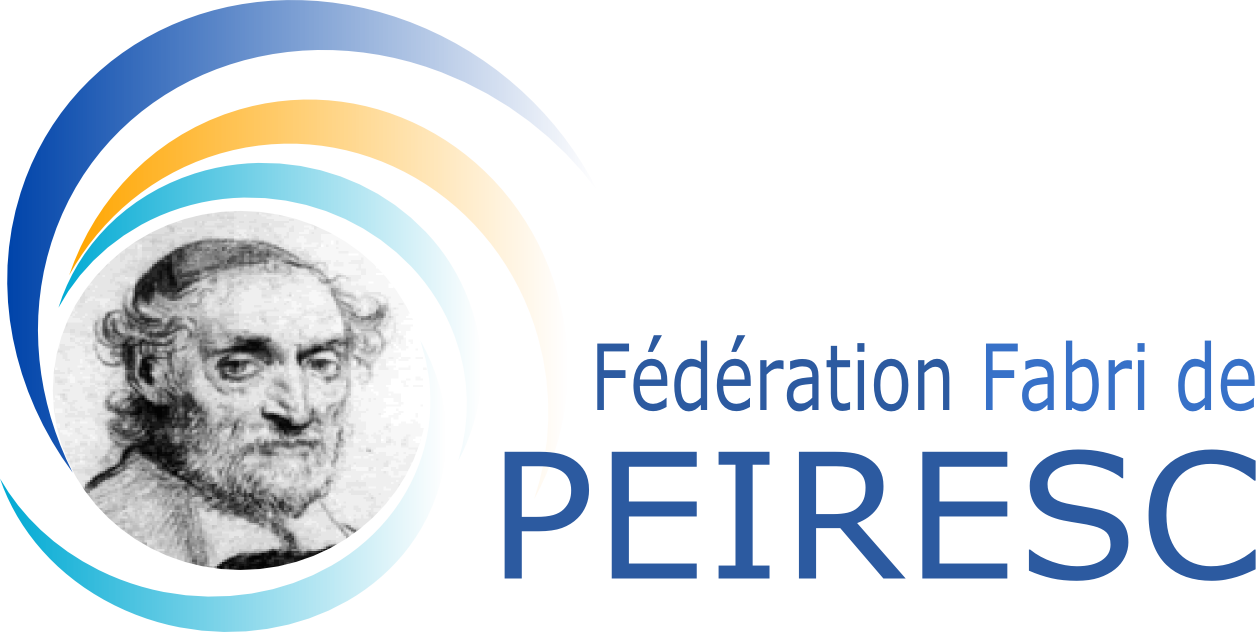Multi-scale Modeling of a Natural Circulation Loop in Support of the Scaling Problematic within the VVUQ Framework
Modélisation Multi-échelles d’une Boucle de Circulation Naturelle en soutien à la Problématique de la Transposition dans le Cadre VVQI
Résumé
In order to enhance safety, nuclear reactors in the design phase consider natural circulation as a means to remove residual power. The simulation of this passive mechanism must be qualified between the validation range and the scope of utilisation (typically reactor case), introducing potential physical and numerical distortion effects. In this study, the flow of liquid sodium is simulated using the TrioCFD code, with both LES (high-fidelity, HF) and URANS (best-effort, BEF) models applied. After defining the validity of the Boussinesq approximations, we tackle respectively numerical uncertainties through the Grid Convergence Index method, and physical modelling uncertainties through Polynomial Chaos Expansion method on the URANIE platform. In a threshold configuration, we demonstrate that HF simulations are resilient to physical distortion effects, with numerical uncertainties being intricately correlated. Conversely, the BEF approach (the only one applicable at the reactor scale) can experience a degradation in its predictability due to physical distortion effects. While the HF approach proves effective in pinpointing these weaknesses: the growth of uncertainty associated with these distortion effects introduces the concept of scaling uncertainty. Ultimately, we propose a methodology named MUSQ - Modelling Uncertainties with Scaling Quantification, which tentatively introduces the recent Dynamical System Scaling technique in the validation domain to manage distortion effects, aiding in calibrating the scaling uncertainty.
Afin d'accroître la sûreté, les réacteurs nucléaires en conception considèrent la circulation naturelle pour évacuer la puissance résiduelle. La simulation de ce mécanisme passif doit être qualifiée entre le domaine de validation et celui d’utilisation (typiquement le cas réacteur) : cette transposition met en jeu des effets de distorsion physiques et numériques. Dans l’étude, l’écoulement de sodium liquide est simulé par TrioCFD, les modèles LES (haute-fidélité, HF) et URANS (« best-effort », BEF) étant appliqués. Après cadrage de la validité de l’approximation de Boussinesq, les incertitudes numériques et de modélisation physique sont établies respectivement par les techniques d'Indice de Convergence de Grille et d’Expansion du Chaos Polynômial (sous URANIE). Dans une configuration à seuil, nous démontrons que les simulations HF sont résilientes à des effets de distorsion physique, les incertitudes numériques y étant complexement corrélées. A contrario, l'approche BEF (seule applicable à l’échelle réacteur) doit voir une dégradation de sa prédictivité selon des effets de distorsion physiques et l’approche HF s’avère un moyen efficace d’en localiser les faiblesses : la croissance de l’incertitude associée à ces effets de distorsion met en avant le concept d’incertitude de transposition. Une proposition de méthodologie nommée MUSQ - Modelling Uncertainties with Scaling Quantification, est in fine exploratoirement avancée et propose originalement l’utilisation de la technique récente de Dynamical System Scaling dans le domaine de validation pour piloter des effets de distorsions, utiles pour la calibration de l’incertitude de transposition.
Origine : Fichiers produits par l'(les) auteur(s)
licence : CC BY NC ND - Paternité - Pas d'utilisation commerciale - Pas de modification
licence : CC BY NC ND - Paternité - Pas d'utilisation commerciale - Pas de modification




